
- sophiaguo@sbmsolartech.com
- Home
- product
- Solar Lights
- Other Solar Products
- Street Light Pole
- Application
- Project
- About Us
- Blog
- Contact
Post time: 2022-09-14 10:40:30
Given current community sentiment on issues like climate change - and considering the rapid pace of advancement in solar street light technology that sees its cost and environmental benefits leap and bound ahead of traditional grid-powered lighting (dare we say it, at the speed of light) - we really are now at a time in history when it could be considered not only unusual but even potentially irresponsible for any forward-thinking public infrastructure planning to not consider solar powered street lighting in its design.
In fact, it will only become more difficult to justify grid-based lighting when there is a more cost-effective and environmentally friendly lighting solution available right now.
Solar power lighting is becoming more popular for households, businesses and community infrastructure generally. Solar street lights are a sustainable and dependable source of light for local roads and pathways in residential communities, with master planned neighbourhoods in particular making good use of autonomous solar power street lighting to enhance community amenity and minimise their carbon footprint.
Considering the advancements of LED, battery and photovoltaic efficiency that now see LED lights able to produce 200 lumens per watt (lm/W) - meaning the same lighting output can be achieved today with a 6W LED lamp as what could be achieved 20 years ago with 80W - the power requirements for LED solar street lights are extraordinarily minimal for public lighting infrastructure.
In another few years’ time, we should get to 300 lm/W, with a street light only requiring a 4W LED globe, further boosting solar lighting’s environmental and cost benefits.
Regardless of plans to transition the grid, there will always be a huge cost and effort involved in transforming and distributing electricity through it. It’s incredibly inefficient to transmit electricity long distances through electric wires, and as such, regardless of how the power is sourced, the cost of maintaining electricity distribution infrastructure will remain enormous. In contrast, the power requirements for solar powered lighting are extraordinarily minimal for public lighting infrastructure. They will eventually be so small that it will be excessive to consider expanding or even just maintaining grid infrastructure beyond that for which it is absolutely essential.
Within the context of additional and new public lighting infrastructure in particular, it will only become more difficult to justify grid-powered lighting as the benefits of solar powered street lighting become increasingly evident.
1. Quick and easy to install, with no wiring or underground cabling or trenching required.
2. Adaptable to multiple uses, from footpaths and dog parks to recreational reserves, car parks and street lighting.
3. Almost maintenance-free, only requiring occasional cleaning - but even then, this is reduced through the use of self-cleaning glass.
4. Extremely cost competitive, considering not only the low cost of hardware and installation, but the fact that solar street lights have no ongoing energy costs or negative environmental impact.
5. Extremely dependable as they are not susceptible to grid-related brown-outs and black-outs. If there’s a problem with one light, it’s a problem with that light alone - whole communities don’t lose light supply as a result.
6. Better for the environment - this almost goes without saying. Electricity supply for traditional grid-connected street lights is not only a drain on local government funds, on average it makes up around 30% of their total carbon emissions. In contrast, solar-powered street lights produce zero carbon emissions.
Factors That Could Affect a Solar Street Light Proposal How solar street lighting can promote positive change?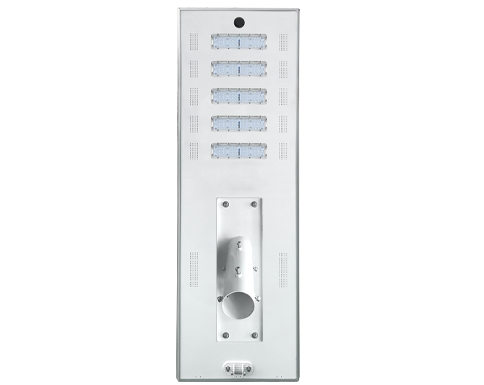
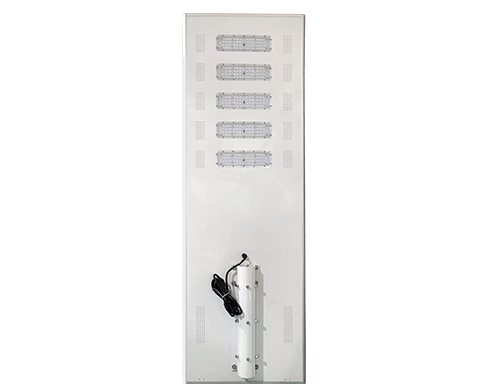
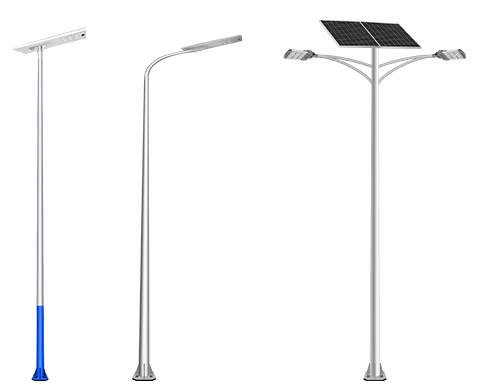
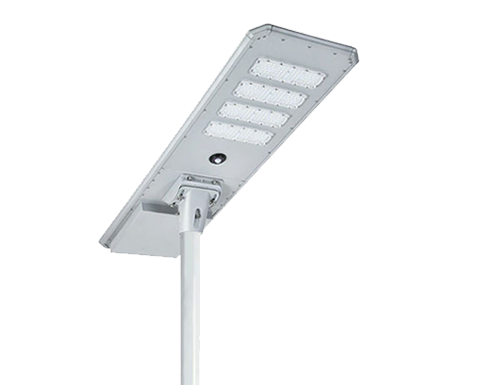
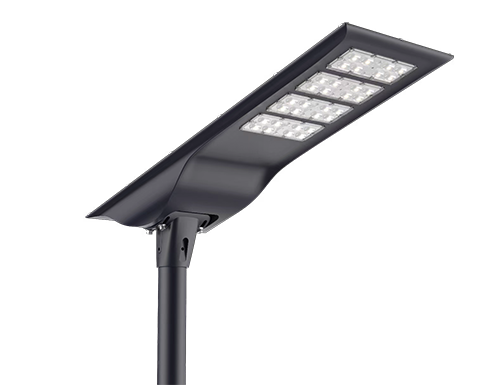
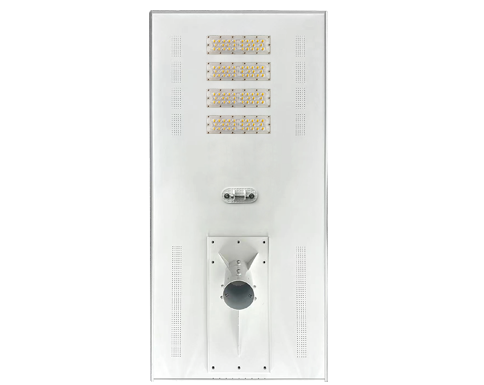

Please fill out the form below to start chatting with the next available agent.
Start Chat